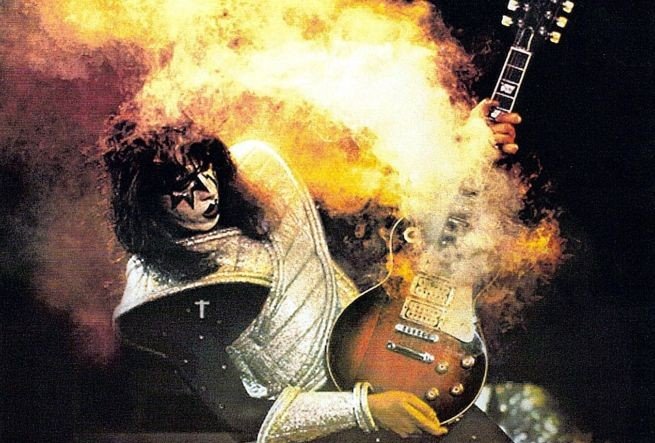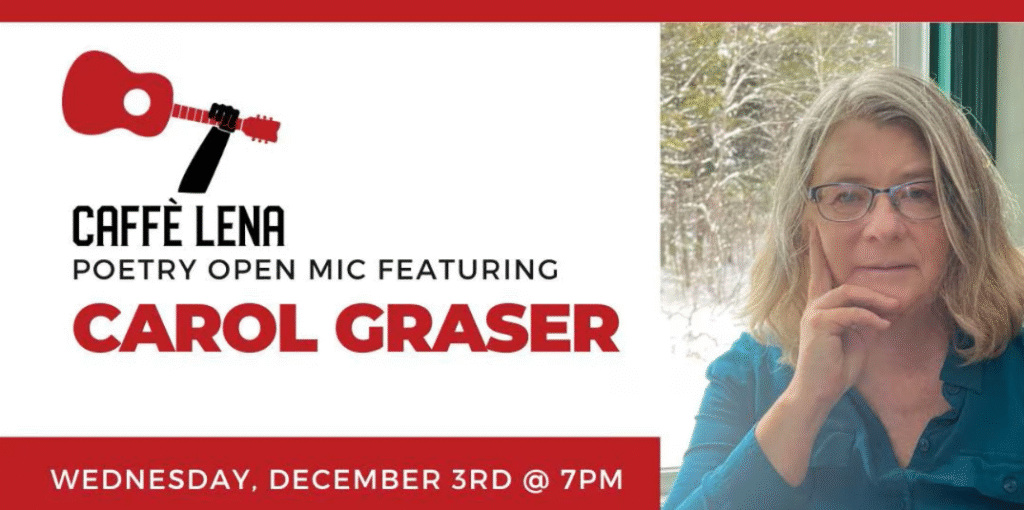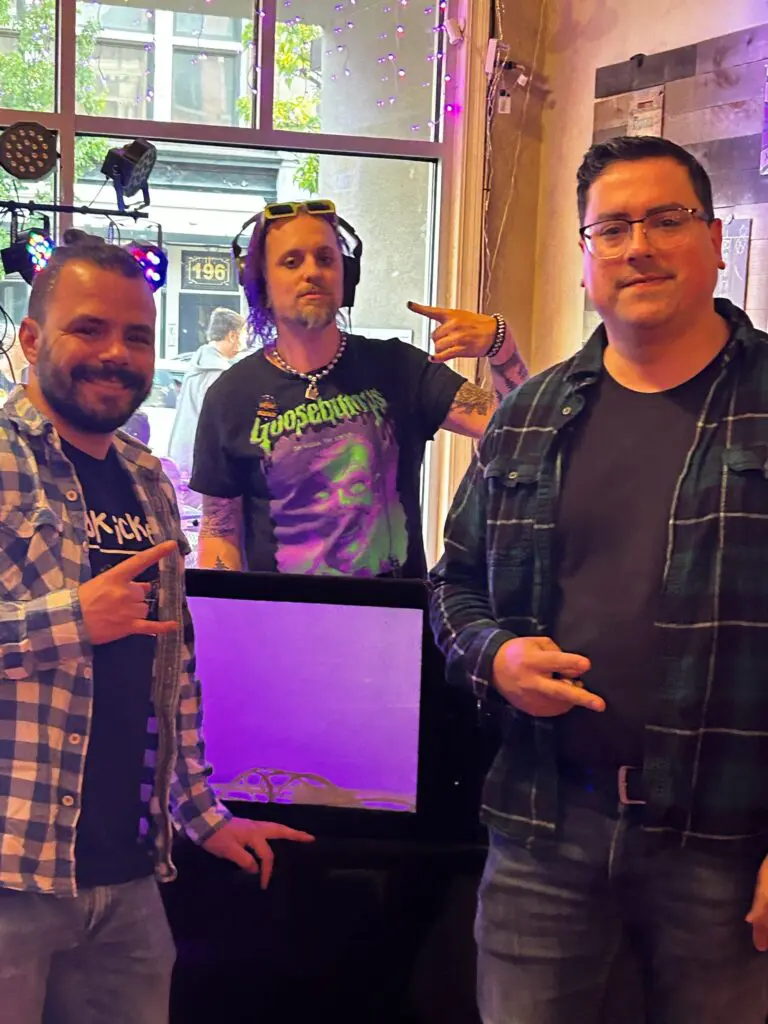Guerilla Marketing for Bands
By Staff on July 5, 2023
Music is tough to make money on. There are ways to do it, like playing supper clubs for a handful of bucks at the end of the night and the proper placement of a fancy tip jar. A good musician can make bank doing that. But it’s hard work, and they’re on the road a lot, even if they never leave their city. And it should be mentioned that they’re not playing their own music.
But what about your band? What about your own music? It’s like a game: make enough money to keep playing until you have a chance to blow, and then money isn’t so much your problem anymore. So how do you do that?
First, you have to look at goals. You may want to blow, but that’s not the goal to start. The goal to start should be to pay back what it costs to play in the first place.
So look at your expenses. How much, on average, does it cost in gas to get you through a month of playing? How much do you want to put into the bank for wear and tear on your vehicles? And speaking of wear and tear, what about your instruments and amps? Did you record? How much was that? Do you have merch? How much did that cost to design? Practice space? (Even include your buddy’s basement. Compare it to a practice space you’d pay for.)
One last thing you need to track, which is the most important thing that gets overlooked, is your labor cost. If you’re brand new, rate your time at minimum wage. Or not, just pick something reasonable. Practice time counts. Travel time counts.
Once you count every expense of your band (including paying off investments like recordings,) you have its operating cost. This is what you aim to make to break even every month. Once you have this, you can do two things. One, you can find ways to save money. Is there a cheaper practice space situation? Better way to lug gear? Are you giving yourselves $300 an hour in labor costs?
Okay, good. So you have an operating cost. You’re going to have to meet that operating cost with revenues. So now we have to figure that out. Let’s start with the obvious three: record sales, merchandise, and shows.
I put shows last for a reason. You can definitely make money off of shows, but by the time we’re looking at shows, we want records and merch at the starting gate in a runner’s pose.
In order for a band to reach any kind of success, it needs a marketing plan. It doesn’t need to be a PowerPoint presentation with charts and graphs, and if yours is good enough, it can be written on a napkin. But you should write down some marketing notes, if not an actual plan.
Marketing is how you get people to know who you are. This is how you get people to like your shit. “People hear us at shows and like our shit.” That is a marketing plan. A piss-poor marketing plan, but a marketing plan nonetheless. You might want one where people can get your music and represent your band with maybe a T-shirt.
So we have to look at the fact that marketing is trying to sell you as a band to the public. And let’s start by saying that unless you all are very unique looking, a picture of your faces won’t get the job done.
Let’s start with your music. Making an album is an artistic expression. It’s also a product. It’s also entertainment content. And above all, for you, it’s an investment.
This is a “goldilocks” investment. You don’t want to cheap out, but it’s easy to put yourself in debt doing this, and you don’t want to. You want a clear “record” of your sound as a band. It may be tempting to do an extravaganza, but maybe wait until the second album, and see if you can sell the first album well enough to justify the “extra,” which will incentivize you to sell the first album even harder.
Once you have the album produced, your next step is graphic design. Do not skip, or cheap out here. Nine times out of ten, the only exposure people are going to have to your band is your band’s title logo and graphics. Treat graphic design the same way as you treat recording; they are equally important.
You want to make your music available for casual listening and for sale, so try putting a small handful of songs on platforms like Spotify and put the whole album on a site like Bandcamp. People buy whole albums to put them on CDs and play them where they don’t have internet access.
So now we’re at shows. There will be places that will pay you a small amount regularly. Some of these places will want you to do some covers. Covers are money; they’re also practice. If your band knows a few covers, it’s a tool in your belt.
Some bigger places might ask you to play for “exposure” or free, especially if you’re a new, relatively unknown band. There are reasons to do this if you do it carefully. First, try to get a small area in the back for your merch table. Get a poker table, and only bring a few things, like CDs, hats, shirts, and stickers. Merch is one of your revenue streams. Second, exposure, in the right place, is exposure. Use the time in between playing to network with the other bands, and with the venue staff. Be on your best.
You have to decide when to not do shows for free. A rule of thumb would be when you are drawing a number of people just to see you that you think would go somewhere else to see you, somewhere you would get paid.
So speaking of networking, part of a marketing plan is figuring out what local bands you vibe with musically. Go on local music groups on social media. Talk to bands. Listen to their music and ask them to listen to yours. A band or two is a band or two, but a dozen bands is a scene, and people buy into scenes. If you can coordinate with a dozen other bands, you will have moneymaking opportunities you couldn’t have had before.
Last little endcap. Bands are businesses. And they’re rarely run like businesses. If you want to succeed as a band, you have to take control of your ship. Angel A&R reps don’t fall from the sky anymore. Remember: only Lucifer falls from the sky.





 RadioRadioX
RadioRadioX